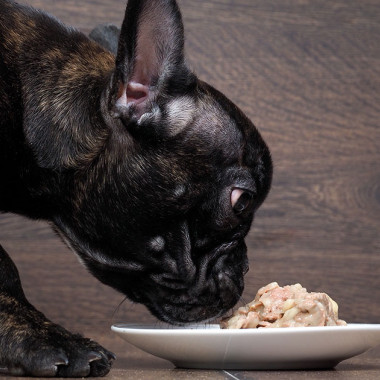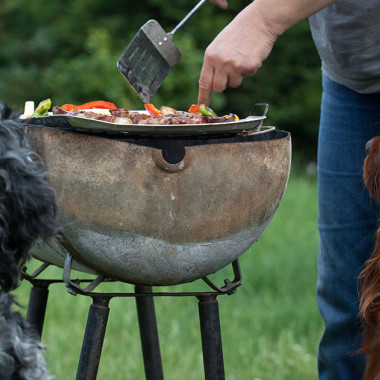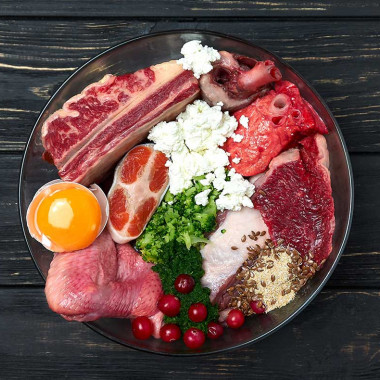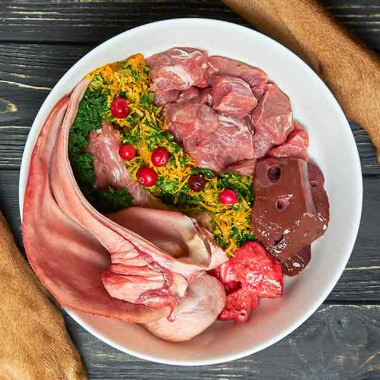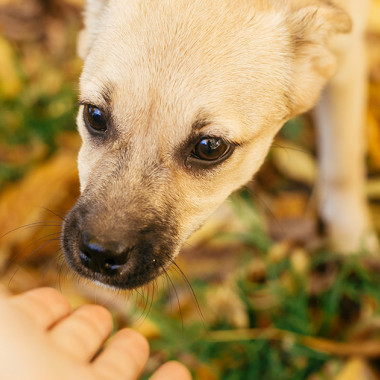The German Shepherd is a large breed dog with a lifespan of 9-13 years. Males can weigh 30 to 40 kg in adulthood, and females 22-32 kg. Therefore, they need quality nutrition from puppyhood. If you’ve decided to feed your German Shepherd puppy with BARF, this article will definitely help you.
If you’ve just brought home or are planning to bring home a German Shepherd puppy and want to provide it with high-quality food, BARF is the right choice. First, find out how the puppy was fed at the breeding station. If the breeder fed it with BARF, you have one less concern, and you can simply continue feeding it the same way. However, if it was fed with kibble and you want something more natural and of higher quality, you need to proceed cautiously with the transition. For the first two weeks, while the puppy adjusts to its new home, feed it what it was given by the previous breeder. The change in environment is already stressful for the puppy, and a sudden change in diet might cause harm. Once the puppy is comfortable in its new surroundings, you can switch to BARF from one day to the next. There’s no need for a fasting period. During the first few days, the puppy should receive easily digestible meats such as veal, lamb, rabbit, turkey, or chicken. For bones, it’s suitable to give chicken necks or wings. At first, you can grind or chop the meat and bones into smaller pieces to make it easier for the puppy to eat. You can also add different types of vegetables and offal, which contain more vitamins and minerals than pure muscle meat.
How much and when...
German Shepherd puppies, up to the age of 7-8 months, need to consume 4-6% of food based on their ideal weight at that age. The amount can be adjusted depending on whether the puppy is gaining weight too quickly or not gaining enough. To ensure proper bone development, the puppy requires a higher intake of calcium, which is why bones make up 30% of the total feeding portion. This ensures adequate calcium intake. In addition, vitamin D is important, as it aids in calcium absorption. Meat should make up 50%, and the remaining 20% should consist of supplements. The puppy has a small stomach, so it’s better to feed it smaller portions more frequently. At 2 months of age, divide the entire feeding portion into 5 meals a day. From 3 months old, feeding 4 times a day is enough, from 4 months old, 3 times a day. At 5 months, 2-3 times a day, and from 6 months, twice a day.
Puppy Puberty
During puberty, around 7-8 months, when the puppy starts to gain more weight, it’s important to gradually reduce the amount of food by about 0.5-1%. If the dog doesn’t lose weight drastically, you can continue to reduce the food portion until 1.5 years of age, at which point the amount should match that of an adult dog. This means gradually reducing from 4-6% to 2-3%. Everything depends on the dog’s condition. It should not be too thin or too fat. The composition of the feeding portion doesn’t change. It’s also advisable to provide joint supplements to the German Shepherd from puppyhood until 1.5-2 years old. Since the breed is prone to hip dysplasia, proper nutrition and a balanced feeding portion are crucial. Aside from joint supplements, no other special dietary supplements are necessary. You can enhance the diet with various herbs, seeds, dairy products, eggs, and other suitable ingredients.
If you’ve decided on a German Shepherd puppy and want to feed it healthily, we hope this article has been helpful.

